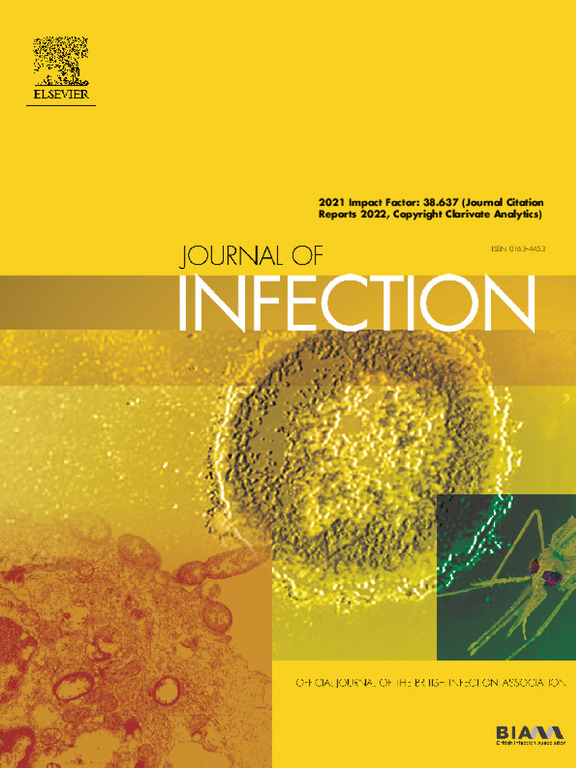Haemophilus influenzae remains the predominant otitis media pathogen in Australian children undergoing ventilation tube insertion in the PCV13 era
IF 14.3
1区 医学
Q1 INFECTIOUS DISEASES
引用次数: 0
Abstract
Introduction
Understanding patterns of bacterial carriage and otitis media (OM) microbiology is crucial for assessing vaccine impact and informing policy. The microbiology of OM can vary with geography, time, and interventions like pneumococcal conjugate vaccines (PCVs). We evaluated the microbiology of nasopharyngeal and middle ear effusions in children living in Western Australia, 11 years following the introduction of PCV13.
Methods
Children undergoing surgery for recurrent acute OM and/or chronic OM with effusion (cases), and children undergoing surgery for non-infectious reasons (controls), were recruited. Nasopharyngeal swabs and middle ear effusions (MEE - cases only) were collected, and quantitative PCR applied for detection of Haemophilus influenzae, Moraxella catarrhalis, Streptococcus pneumoniae, Pseudomonas aeruginosa, Staphylococcus aureus and Streptococcus pyogenes. S. pneumoniae-positive MEE were serotyped by culture.
Results
Nasopharyngeal swabs from 166 children under 5 years of age (123 cases, 43 controls) and MEE from 103 cases (93 with bilateral effusion – 196 MEE samples) were collected between September 2022 to December 2023. Nasopharyngeal carriage of H. influenzae was more common and density 10 times higher in cases compared to controls (84.2% H. influenzae carriage-positive cases versus 48.9% of controls, p=0.024; mean DNA concentration of 1.8 pg/µL versus 0.13 pg/µL, p=0.037). S. pneumoniae was more commonly carried in cases (not significant), and carriage density was higher in cases compared to controls (mean pneumococcal DNA concentration of 0.4 pg/µL versus 0.09 pg/µL, p=0.049). M. catarrhalis carriage and carriage density were similar between cases and controls (82.1% versus 76.7%). Carriage of 2 or more otopathogen species was common (80% of swabs).
In the MEE, H. influenzae predominated (53% PCR-positive) followed by M. catarrhalis (31%), S. pneumoniae (22%), S. aureus (6%), S. pyogenes (2%) and P. aeruginosa (2%). Polymicrobial infection was identified in 26% of effusions. Of the S. pneumoniae PCR-positive MEE, 14 specimens from 11 children were culturable and all serotypes were non-PCV13 types.
Conclusion
The aetiology of recurrent and/or chronic OM in children continues to be primarily associated with H. influenzae. These data highlight the need for a concerted effort to develop effective preventative strategies for H. influenzae, most notably, nontypeable (NTHi). Higher valency PCVs may impact on pneumococcal OM.
求助全文
约1分钟内获得全文
求助全文
来源期刊

Journal of Infection
医学-传染病学
CiteScore
45.90
自引率
3.20%
发文量
475
审稿时长
16 days
期刊介绍:
The Journal of Infection publishes original papers on all aspects of infection - clinical, microbiological and epidemiological. The Journal seeks to bring together knowledge from all specialties involved in infection research and clinical practice, and present the best work in the ever-changing field of infection.
Each issue brings you Editorials that describe current or controversial topics of interest, high quality Reviews to keep you in touch with the latest developments in specific fields of interest, an Epidemiology section reporting studies in the hospital and the general community, and a lively correspondence section.
 求助内容:
求助内容: 应助结果提醒方式:
应助结果提醒方式:


